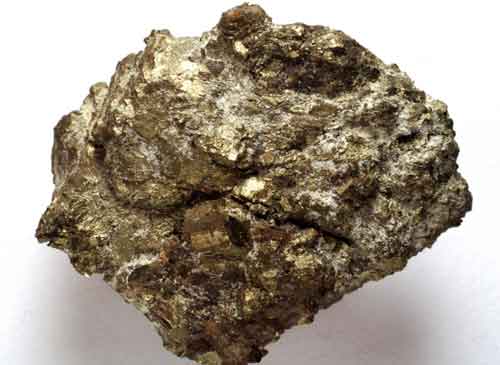10 minutes maximum! Can you do it in 5? |
|||||||||||||||||
1. The binding energy per nucleon becomes relatively constant for atomic masses over about...
|
|||||||||||||||||
Q2+3. These questions are about the strong nuclear force: 2. Here are three statements about atoms.
Which of these statements provides evidence for the strong nuclear force? |
|||||||||||||||||
|
|||||||||||||||||
3. In the Rutherford-Geiger-Marsden experiment, further evidence for the strong nuclear force was discovered. Which of these correctly describes the evidence?
|
|||||||||||||||||
4. The energy of beta + particles (positrons) emitted from a given radionuclide was found to have a wide continuous range - a varying 'energy spectrum'. This evidence was used to postulate the existence of ...
| |||||||||||||||||
5. The energy of alpha particles emitted from a given radionuclide was found to have 2 distinct , discrete values. This evidence was used to postulate the existence of ...
|
|||||||||||||||||
6. The radioactive decay constant λ can be described (for small values of λt) as ...
|
|||||||||||||||||
7+8. A radioactive sample with N0 atoms has a decay constant λ of 10-3 s -1.
|
 |
||||||||||||||||
Which of these correctly gives the time taken in seconds for the sample to decay to ½N0 and to e-1.N0?
| |||||||||||||||||
8. What is the activity of this sample after 2 half lives?
| |||||||||||||||||
| 9+10. Radioactive isotopes of two different elements X and Y are compared. Isotope X has an initial activity of A and a decay constant of λ. Isotope Y has double the half-life of X with the same initial activity A. | |||||||||||||||||
9. What is the decay constant of Y?
| |||||||||||||||||
10. Which of the following statements is correct?
| |||||||||||||||||